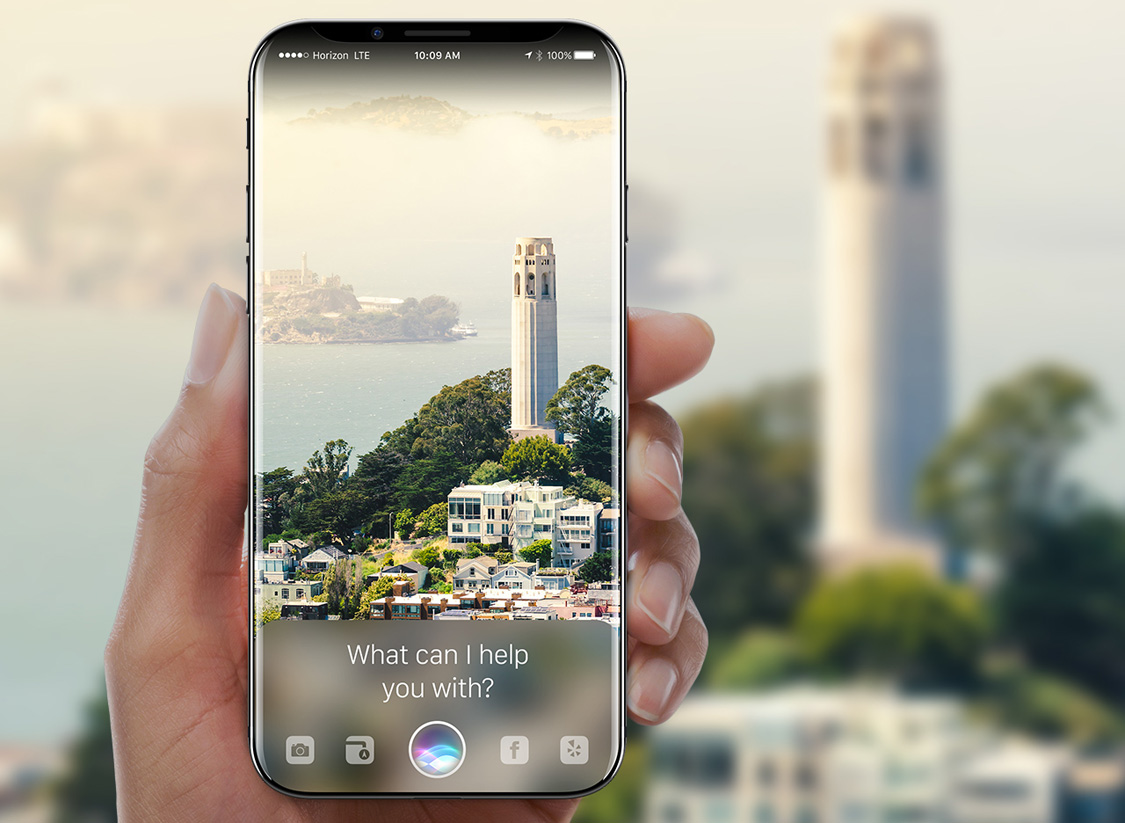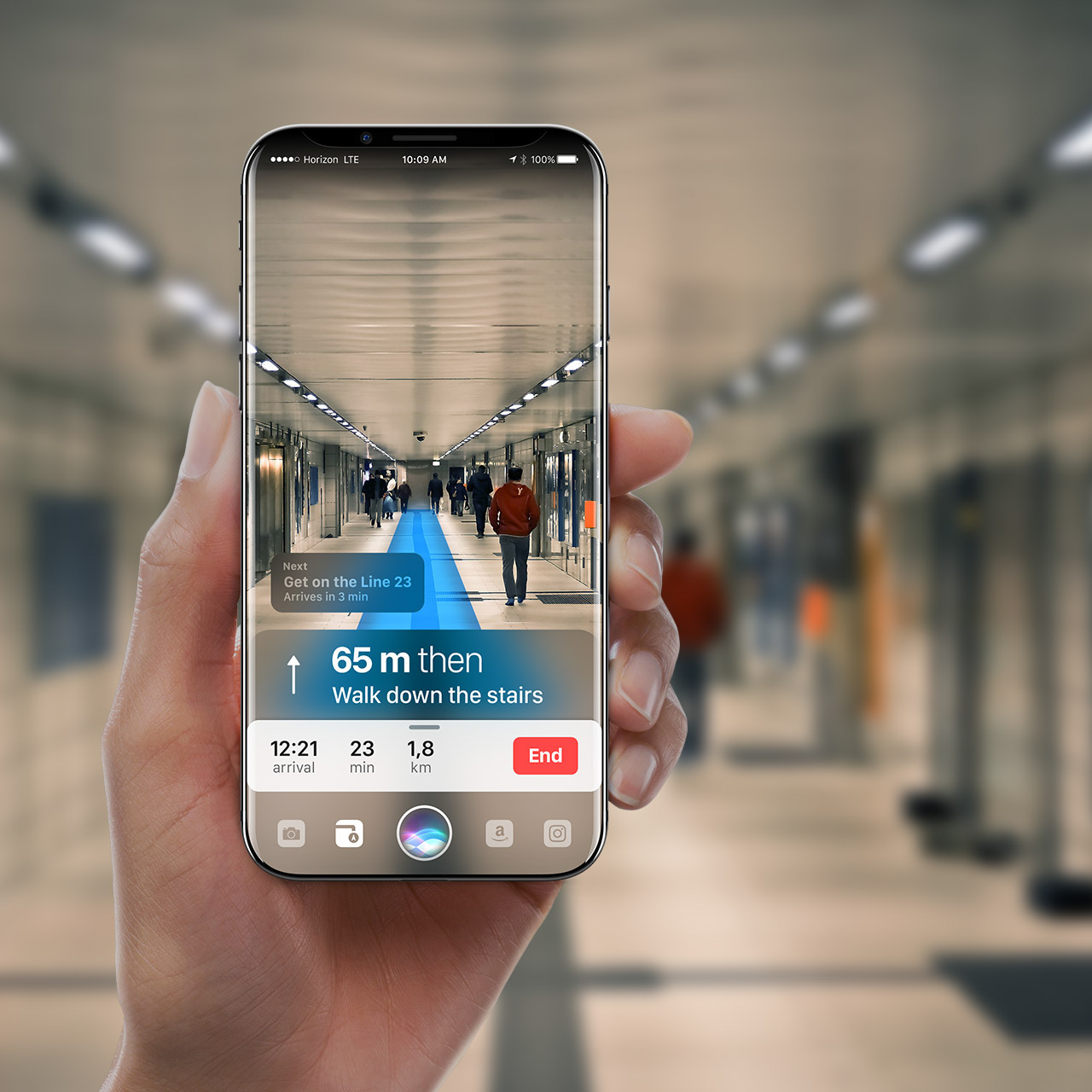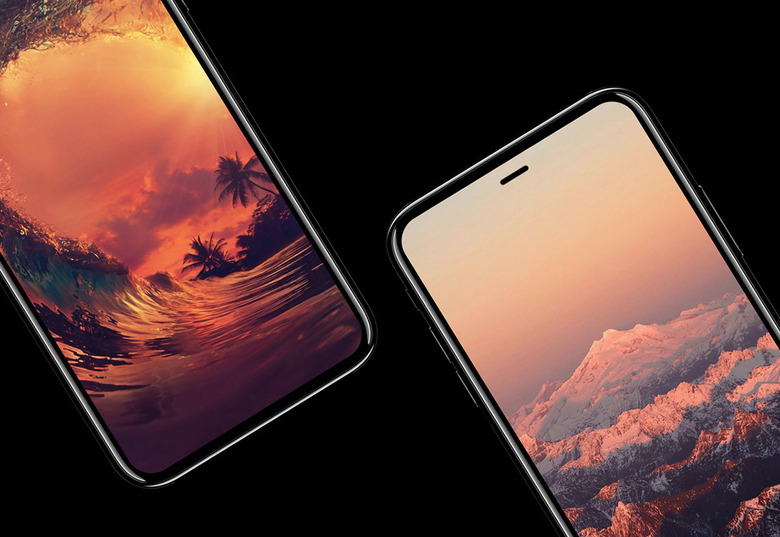Tim Cook Says iPhone 8 Rumors Led To A Slow-Down In iPhone 7 Sales
Apple's earnings report yesterday was something of a mixed bag. While Apple impressively managed to increase year-over-year revenue and profits, quarterly iPhone sales fell ever so slightly. During the recent March quarter, Apple sold 50.7 million iPhones, representing a rather modest drop from the 51.9 million units Apple sold in the same quarter a year ago. Nonetheless, because investors like to use iPhone sales data as a barometer to measure Apple's financial health, shares of Apple dropped quickly in the wake of the company's recent earnings report.
When asked about the drop in iPhone sales during Apple's earnings conference call yesterday, Tim Cook articulated that the proliferation of rumors surrounding Apple's highly anticipated iPhone 8 helped contribute to a "pause" in iPhone sales over the past three months.
When UBS analyst Steve Milunovich asked about a recent 451 research survey which found that iPhone purchase intent is at a nine-year low, Cook addressed the question head-on.
"I only glanced at it and so I haven't had time to study it," Cook said. "But in general, we're seeing what we believe to be a pause in purchases on iPhone, which we believe are due to the earlier and much more frequent reports about future iPhones. And so that part is clearly going on, and it could be what's behind the data. I don't know, but we are seeing that in full transparency."
Ordinarily, it would be easy to dismiss Cook's explanation as nothing more than a well-crafted excuse cobbled together by a PR rep. The reality, though, is that the hype and interest surrounding Apple's upcoming iPhone 8 is immense. In fact, I think it's fair to say that the excitement people have for the iPhone 8 is rivaled only by the excitement consumers had for the original iPhone in the months preceding its debut back in June of 2007.
Put simply, the enthusiasm for the iPhone 8 is well-founded and very real. First and foremost, the iPhone 8 will usher in the most radical redesign of the iPhone form factor we've ever seen. Sure, we've seen successive iterations of the iPhone incorporate larger displays, but the iPhone 8 will reportedly introduce an edgeless OLED display with a Touch ID sensor embedded right into the display itself. Coupled with additional features such as augmented reality support, improved water and dust resistance, wireless charging, and better battery life, it's perfectly plausible that a significant percentage of current iPhone owners in the market for an upgrade have opted to sit tight, hold on to their money, and instead wait for the iPhone 8 to hit store shelves.
Of course, the million dollar question right now is whether or not Apple can actually release the iPhone 8 on time. While Apple would ideally like to get the iPhone 8 into consumer hands by September, a number of credible sources have indicated that the iPhone 8 release date will likely be pushed all the way back to October at the earliest, with some reports claiming that a November release is far more likely. As to the causes behind the rumored delay, there are reportedly two bottlenecks Apple is currently trying to traverse. One, yields on the advanced OLED displays are reportedly far below Apple's liking. And two, some of Apple's component suppliers will reportedly need more time than usual in order to ramp up production on some of the iPhone 8's specialized parts, such as the advanced 3D cameras Apple will reportedly incorporate for augmented reality purposes.
All that said, I think most prospective iPhone 8 buyers will begrudgingly be fine with a small delay so long as the final design doesn't feature a Touch ID sensor on the back, as some leaked schematics have indicated. If the actual iPhone 8 looks anything like the two mockups below, it's a safe bet that the iPhone 8 will go on to shatter any number of existing iPhone sales records.


